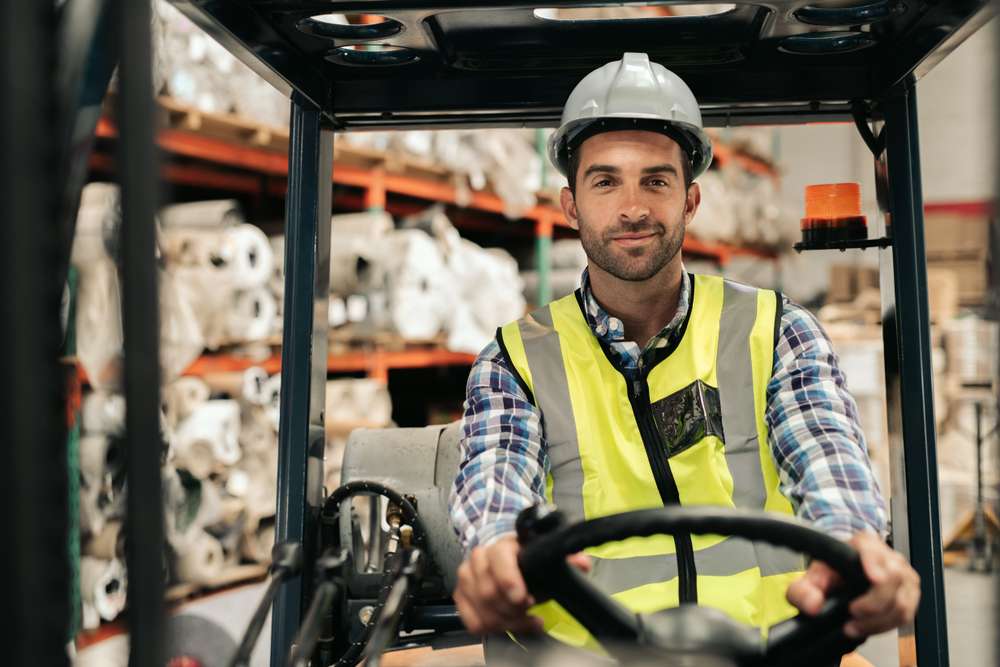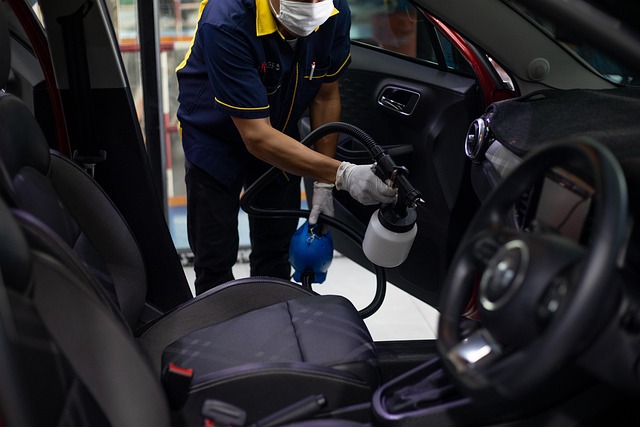Understanding Different Types of Forklifts for Various Applications
Forklifts are essential material handling equipment that have revolutionized warehouse operations and logistics worldwide. These powerful machines come in various designs and configurations, each engineered for specific environments and tasks. Whether you're managing a warehouse, construction site, or shipping yard, selecting the appropriate forklift type can significantly impact operational efficiency and workplace safety.

Forklifts represent one of the most versatile and essential pieces of equipment in modern material handling operations. These powerful machines have transformed how businesses move, lift, and stack materials in warehouses, construction sites, shipping yards, and manufacturing facilities. With technological advancements and specialized industry needs, forklifts have evolved into numerous types, each designed for specific environments and applications. Understanding the different types of forklifts available can help businesses make informed decisions about which equipment best suits their operational requirements.
Warehouse Forklifts: The Backbone of Indoor Operations
Warehouse forklifts are specifically designed for indoor use on smooth, flat surfaces. The most common type in this category is the counterbalance forklift, which uses a weight at the rear to counterbalance the load being carried at the front. These forklifts typically have three or four wheels and are powered by either electric motors, propane, diesel, or gasoline engines. Electric warehouse forklifts have gained significant popularity due to their zero emissions, making them ideal for enclosed spaces where air quality is a concern. They operate quietly, require less maintenance than combustion engine models, and have lower long-term operational costs despite higher initial investment.
Another popular warehouse variant is the reach truck, which features outriggers that allow for narrower aisles and higher lifting capabilities. These specialized machines can extend their forks forward, enabling operators to reach deep into storage racks without needing to maneuver the entire vehicle into position. For businesses with limited floor space but significant vertical storage capacity, reach trucks offer an efficient solution.
Rough Terrain Forklifts for Outdoor Applications
When operations move outdoors, particularly to construction sites or lumber yards, rough terrain forklifts become essential. These heavy-duty machines feature large, pneumatic tires designed to navigate uneven surfaces, mud, gravel, and other challenging terrain. Unlike their warehouse counterparts, rough terrain forklifts typically use diesel engines to provide the necessary power for outdoor applications.
These forklifts often come equipped with all-wheel drive capabilities and increased ground clearance to prevent bottoming out on uneven surfaces. Many models also feature stabilizers that can be deployed when lifting heavy loads at height, providing additional stability on unpredictable ground. The operator cabins in these models are usually more robust, offering protection against weather elements and potential falling debris in construction environments.
Specialized Forklifts for Unique Material Handling Needs
Beyond the standard warehouse and rough terrain varieties, numerous specialized forklifts address unique material handling challenges. Telehandlers, also known as telescopic handlers, combine the lifting capabilities of a forklift with the reach functionality of a crane. Their extendable boom allows operators to reach forward and upward to places conventional forklifts cannot access, making them invaluable in construction and agricultural settings.
Side loaders represent another specialized category designed for handling long materials like pipes, lumber, and structural steel. Unlike traditional forklifts that carry loads at the front, side loaders lift and transport materials alongside the vehicle, allowing them to navigate narrow aisles while carrying lengthy items. For extremely narrow warehouse aisles, very narrow aisle (VNA) trucks enable operations in spaces as tight as 5-7 feet, maximizing storage density in high-cost facilities.
Electric Warehouse Forklift Technology and Advancements
The electric warehouse forklift segment has seen remarkable technological advancements in recent years. Modern electric forklifts feature lithium-ion batteries that offer longer run times, faster charging capabilities, and extended service life compared to traditional lead-acid batteries. These improvements have addressed many of the historical limitations of electric models, such as lengthy recharge times and battery degradation concerns.
Advanced operator assistance systems have also been integrated into newer electric warehouse forklifts. These include load weight indicators that prevent overloading, stability control systems that adjust performance based on load characteristics, and automated height limiters that prevent collisions with overhead obstacles. Some manufacturers now offer semi-autonomous features like automatic braking, path optimization, and even limited self-driving capabilities in controlled environments.
The connectivity of modern electric forklifts has also improved dramatically, with telematics systems that track usage patterns, maintenance needs, and operator behavior. This data allows warehouse managers to optimize fleet deployment, schedule preventive maintenance, and identify opportunities for operator training to improve safety and efficiency.
Comparing Different Forklift Types: Applications and Considerations
When selecting the appropriate forklift for specific operations, several factors must be considered beyond just lifting capacity. The following comparison highlights key differences between major forklift types:
| Forklift Type | Best Environment | Lifting Capacity | Power Source | Key Advantages | Average Cost Range |
|---|---|---|---|---|---|
| Counterbalance | Indoor warehouses | 1-5 tons | Electric, LPG, Diesel | Versatility, maneuverability | $20,000-$45,000 |
| Reach Truck | Narrow aisle warehouses | 1-2.5 tons | Electric | Space efficiency, high reach | $25,000-$50,000 |
| Order Picker | Distribution centers | 0.5-1 ton | Electric | Precision picking at height | $30,000-$45,000 |
| Rough Terrain | Construction sites | 2-15 tons | Diesel | All-terrain capability | $40,000-$100,000+ |
| Telehandler | Multi-purpose outdoor | 2-12 tons | Diesel | Extended reach, versatility | $50,000-$150,000 |
| Side Loader | Lumber/pipe yards | 3-8 tons | Electric, Diesel | Long load handling | $60,000-$120,000 |
Prices, rates, or cost estimates mentioned in this article are based on the latest available information but may change over time. Independent research is advised before making financial decisions.
Safety Considerations Across Different Forklift Types
Regardless of the type of forklift used, safety remains a paramount concern in all material handling operations. Different forklift designs present unique safety challenges that operators must understand. Counterbalance forklifts, for example, have specific stability concerns when carrying loads at height, while rough terrain models require additional training for operating on uneven surfaces.
All forklift operators must receive proper certification according to OSHA standards, with training specific to the equipment they will operate. This includes understanding load capacities, operating limitations, and proper inspection procedures. Modern forklifts increasingly incorporate safety features like overhead guards, backup alarms, blue safety lights, and automatic speed reduction when turning. Some advanced models even include proximity sensors that detect nearby pedestrians and automatically slow or stop the vehicle to prevent accidents.
The evolution of forklift technology continues to enhance both productivity and safety across all industries that rely on material handling equipment. From traditional warehouse operations to specialized construction applications, understanding the capabilities and limitations of different forklift types helps businesses optimize their material handling processes while maintaining a safe working environment. As technology advances, we can expect to see even more specialized and efficient forklift designs emerge to address the ever-evolving needs of modern industry.



